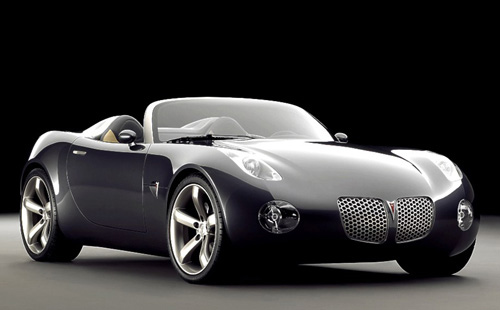Son of Blackbird -- SR-72
http://www.aviationweek.com/Article.aspx?id=/article-xml/awx_11_01_2013_p0-632731.xml
I await your insight oh wise one.
http://www.aviationweek.com/Article.aspx?id=/article-xml/awx_11_01_2013_p0-632731.xml
I await your insight oh wise one.



